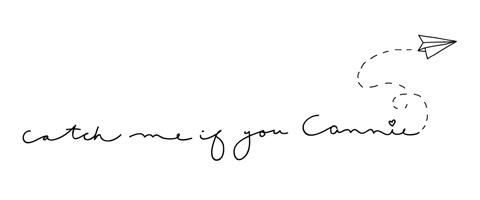Peru is a stunning country whose ancient culture is famous and appreciated for many things but always, Machu Pichu. Never to be missed, following the Inca trail and trekking to the top of Machu Pichu is considered the most famous trek in South America and one of the five most famous in the world. It takes over 26 miles of trekking the trail to arrive at the once forgotten Incan city. Or, if you’re short on time and breath like me – a cruisy train ride from Cusco to Aguas Calientes and then a steep mission up the “hill.”
Machu Pichu was built in 1450, abandoned by its builders and then ‘discovered’ by an American historian in 1911. Since then, it has become a world wonder, an important tool for studying the history of a civilization, a huge source of tourism for the Peruvian economy and one of the most remarkable places I’ve ever been to. Getting there, is part of the fun and many different options of how to experience Machu Pichu are hawked on every street corner in Cusco. So don’t plan ahead, or look at many tours online, just go to Cusco and you’ll figure it out from there. You’ll pay too much and think too hard if you worry about it.
Need to Know Machu Pichu
the Way – almost everyone starts their trek to Machu Pichu from the beautiful World Heritage site City of Cusco and for several reasons I encourage you to spend some time there before and after you trek to the top. In Cusco, it’s simple to book your Machu Pichu trip from either the hostel, hotel or a travel agent and depending on how you would like to expereince it, you can either trek the trail route slowly, with additional acitivites or to drive and then train to Aguas Calientes.
For my experience, a friend and I decided to take the train to Aguas, spend a night and then mosey up in the morning. The train ride was relaxing and scenic, though you really don’t need to spend much time in Aguas Calientes. And stay away from the “massages” offered there,(though that’s a different story for another time.)
While we did this, my other buddy decided to take 4 days instead of 2 and do one of the group tours that included white water rafting, ziplining and downhill mountain biking along the way.
When she arrived at Machu Pichu four days later she had harrowing stories of climbing over slippery logs in the pitch black, dodging landslides and countless bug bites that were not mentioned on the brochure. Though it was worth the trip, these treks should be decided with a shred of common sense – depending on your age, your intentions and the length of your time in Peru.
the Weather – Peru can be very cold at night and high into the mountains, but luckily the local culture knows this better than anyone and has just the right things to keep you warm. Wool socks, Yllama sweaters, warm toques can all be purchased at any of the markets in South America and make for great conversations when you come home.
the Gear – when Shona and I started climbing up the “hill” in the middle of the night, we didn’t even have legitamate flashlights to light the way. Passing a few people who did though, helped to keep us moving but theres no way around it, we were stupid – bring a flashlight.
As the sun came up and trail got more busy, we couldn’t help but notice how hardcore almost every body else was. Most people had camel backs, hiking shoes, hiking sticks, goretech – when we had a bottle of water each and a 50 cent Poncho. In fact Shona was sporting UGG BOOTS, and me, now infamous Mocassions. So don’t be fooled – you don’t need any of those fancy things. After all, we still made it and with fashionable photos to prove it. (but seriously, wear some proper athletic shoes.)
the Messy Details – we left our hostel in the middle of the night, followed the owners directions and found ourselves 1km later at the start of the stairs, the base to climb Machu Pichu. If you’re going to skip out on the 4 day trek this part of getting to Machu Pichu is a must (if you’re older or unable, a bus will take you) but this part is interesting and rewarding as you pass through all the layers of the mountain at different altitudes. It’s about an hour and a half and a million stairs across switchback roads, but its worth the challenge and makes getting there all the more amazing. ( We took the stairs down too, but I’d mayyyyybeeee suggest the bus.)
We didn’t pack much or bring many things with us except for small knapsacks with water, plastic ponchos, bandaids for blisters, some nutrition, our cameras and not much else.
My best advice is to dress in layers, bring a handful of pesos’s just in case, a flashlight, and to make sure your camera has full battery!!!





No Comments